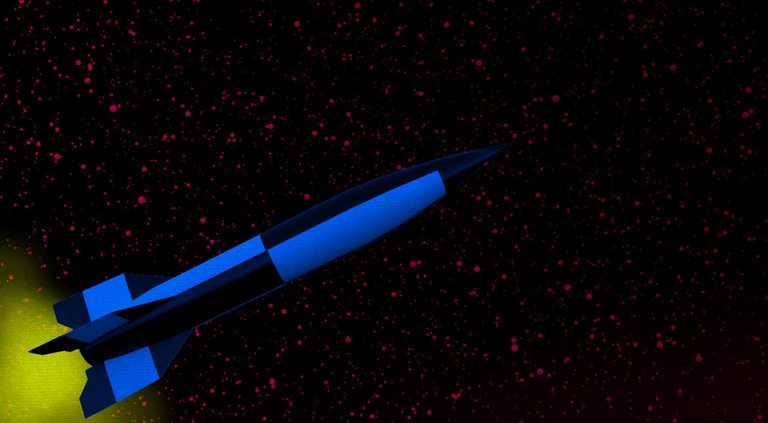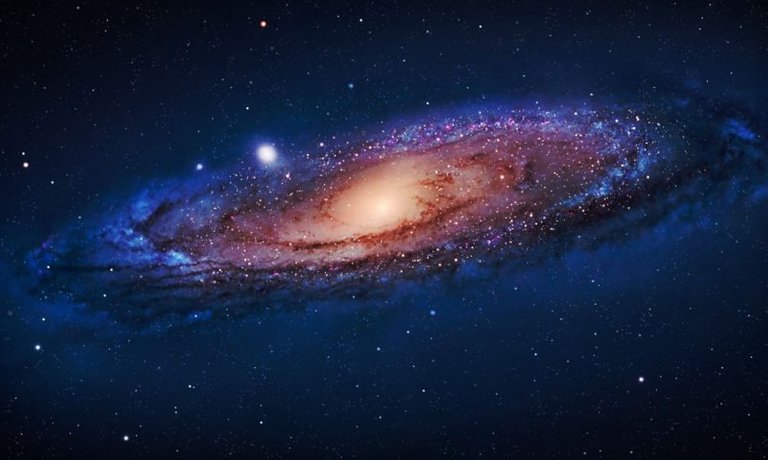Space travel is due to many scientific advances in astronomy and beyond, and the greatest discoveries have taken place in the modern age.
Read: The Road to Stars: The invention that changed the way we look at the sky (II)
Read: The road to the stars (I): the mythological beginnings of astronomy and space travel steps
The first telescopes were strong enough to help the great scientists of the Renaissance discover planets, satellites, and even sunspots, but major scientific advances are yet to emerge. Beginning with the nineteenth century, and especially in the twentieth century, people are beginning to discover more and more about the entire universe, understanding what is in fact our place in this faraway space.
The first planet discovered in the modern age is the gas giant Uranus, which we have known since 1781, thanks to the observations made by Sir William Herschel. In 1846, the eighth planet of the Solar System, Neptune, is officially discovered, being also the only planet whose discovery was made through mathematical calculations and not a direct observation. Though Galilei had noticed the planet, as I have written earlier, it is not credited with the discovery, the scientist considering observing a fixed star.
The scientific controversies of the modern age
The second half of the nineteenth century brings a change among astronomers. Although until then, astronomy had been a domain reserved for men, more and more women are among the scholars; Unfortunately, many of the discoveries made by them were not credited at the time, and nowadays, quite a few are the ones who know to correctly attribute much of the discoveries made at that time.
Over the centuries, we have succeeded in overcoming the thought that Earth is at the center of the Universe and that the Sun, and the other planets, are rotating around us. However, we have come to another impasse, after we realized there might be other galaxies. Controversies about the existence of galaxies and the size of the Universe materialized in the 1920 Debate between Harlow Shapley and Heber Curtis, the latter claiming the existence of several galaxies.
Andromeda Galaxy, one of the key topics of the Great Debate
Perhaps you have sometimes wondered where the name of the Hubble telescope comes from. It was named in honor of Edwin Hubble, one of the great astronomers of the first half of the twentieth century. One of his great discoveries, contrary to the beliefs of the past, was that there are indeed many galaxies in the universe, and he discovered a method by which to test his theory.
Cosmology: a new science
Not only can astronomy and the twentieth century relate, above all, to Albert Einstein. We all know about E = mc2, this relationship showing that the total energy of a system and its mass is in a proportional relationship. Einstein is one of the founders of cosmology, through the theory of general relativity. This new science of the twentieth century will continue to develop with the emergence of new discoveries about the universe we are in.
Within cosmology, there is also the famous Big Bang theory, now accepted as the theory that best explains the origins of the universe. Given that it had already been noticed that space is expanding as time passes, it has become a matter of intuition that as we go back in time, we will discover that the universe has been small in size. Thus, in 1927, Georges Lemaître is the first to set forth the theory that one can trace the origin of the space, thus exhibiting studies of cosmic expansion. With the emergence of more and more accurate measurements, we have come to discover that the age of the Universe is 13,799 ± 0.021 billion years.
The imagination of the writers, the object of study for scholars
Space travel has become a subject of scientific interest after writers like Jules Verne and H.G. Wells have imagined other worlds that people could reach. In 1903, in the same year that the Wright Brothers carried out the first airplane flight, Konstantin Tsiolkovsky published a paper on the possibility of building devices for space travel, but it does not reverberate beyond Russia. A few years later, in 1919, Robert H. Goddard's work on the possibility of flying beyond the atmosphere became influential in circles of scientists, Hermann Oberth and Wernher von Braun being some of the key actors of the space flight idea.
Rocket V-2
Nazi Germany has the merit of being sent a rocket into space for the first time in the history of mankind. On June 20, 1944, the V-2 rocket, known as MW 18014, takes off from Peenemunde and reaches an altitude of 176 kilometers after a vertical launch.
This episode ends on August 2, 1955. Since then, space travel has become a high game stake since the superpowers of the world at the time, the United States and the Soviet Union, engage in what we now know as the Race space. There are attempts, failures, but also a great success that will take place 14 years after the beginning of this rivalry, which occurred on the background of the Cold War between the two states.
Read also: Great Debate,
The "Great Debate" of 1920
William Herschel Biography


Very good!!!
wait the next part )
Yes, I wait that
Von Braun was a dreamer.
Cool article....love reads about science and astronomy. Thx for sharing @cebymaster !
Thank you )
Anytime @cebymaster :)
Great article.
Thank you